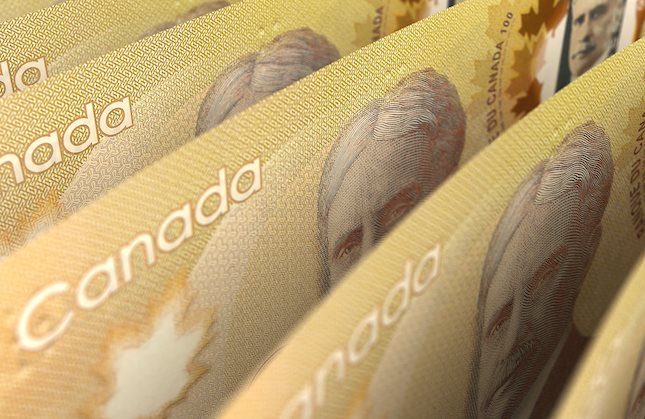NZD/USD bounces up to the 0.6000 level with the US Dollar losing momentum
The New Zealand dollar has capitalized on the moderate US Dollar weakness to regain some losses.
Weak job openings data in the US have raised concerns about the labour market and weighed on the US Dollar.
A break above 0.6000 would ease bearish pressure and bring 0.6060 into focus.
The New Zealand Dollar trimmed some losses on Wednesday, favoured by a somewhat lower US Dollar, with investors growing increasingly cautious ahead of US GDP and ADP employment figures.
Concerns about the US labour market are hurting the US Dollar
The weak US JOLTS job openings seen on Tuesday have scratched the image of a solid US labour market, keeping investors on their toes, ahead of Friday’s Nonfarm Payrolls report.
The US focus today is on the Q3 GDP, which is expected to confirm solid economic growth. The ADP employment report, however, might overshadow these figures, as further downbeat news on employment will likely hurt confidence in the US Dollar
The technical picture remains bearish, but the positive reaction from 0,5960 suggests the possibility of a deeper correction. Immediate resistance is at 0.6000 ahead of 0.6060. Supports are 0.5950 and 0.5910.
New Zealand Dollar FAQs
The New Zealand Dollar (NZD), also known as the Kiwi, is a well-known traded currency among investors. Its value is broadly determined by the health of the New Zealand economy and the country’s central bank policy. Still, there are some unique particularities that also can make NZD move. The performance of the Chinese economy tends to move the Kiwi because China is New Zealand’s biggest trading partner. Bad news for the Chinese economy likely means less New Zealand exports to the country, hitting the economy and thus its currency. Another factor moving NZD is dairy prices as the dairy industry is New Zealand’s main export. High dairy prices boost export income, contributing positively to the economy and thus to the NZD.
The Reserve Bank of New Zealand (RBNZ) aims to achieve and maintain an inflation rate between 1% and 3% over the medium term, with a focus to keep it near the 2% mid-point. To this end, the bank sets an appropriate level of interest rates. When inflation is too high, the RBNZ will increase interest rates to cool the economy, but the move will also make bond yields higher, increasing investors’ appeal to invest in the country and thus boosting NZD. On the contrary, lower interest rates tend to weaken NZD. The so-called rate differential, or how rates in New Zealand are or are expected to be compared to the ones set by the US Federal Reserve, can also play a key role in moving the NZD/USD pair.
Macroeconomic data releases in New Zealand are key to assess the state of the economy and can impact the New Zealand Dollar’s (NZD) valuation. A strong economy, based on high economic growth, low unemployment and high confidence is good for NZD. High economic growth attracts foreign investment and may encourage the Reserve Bank of New Zealand to increase interest rates, if this economic strength comes together with elevated inflation. Conversely, if economic data is weak, NZD is likely to depreciate.
The New Zealand Dollar (NZD) tends to strengthen during risk-on periods, or when investors perceive that broader market risks are low and are optimistic about growth. This tends to lead to a more favorable outlook for commodities and so-called ‘commodity currencies’ such as the Kiwi. Conversely, NZD tends to weaken at times of market turbulence or economic uncertainty as investors tend to sell higher-risk assets and flee to the more-stable safe havens.
Forex News
Keep up with the financial markets, know what's happening and what is affecting the markets with our latest market updates. Analyze market movers, trends and build your trading strategies accordingly.

















